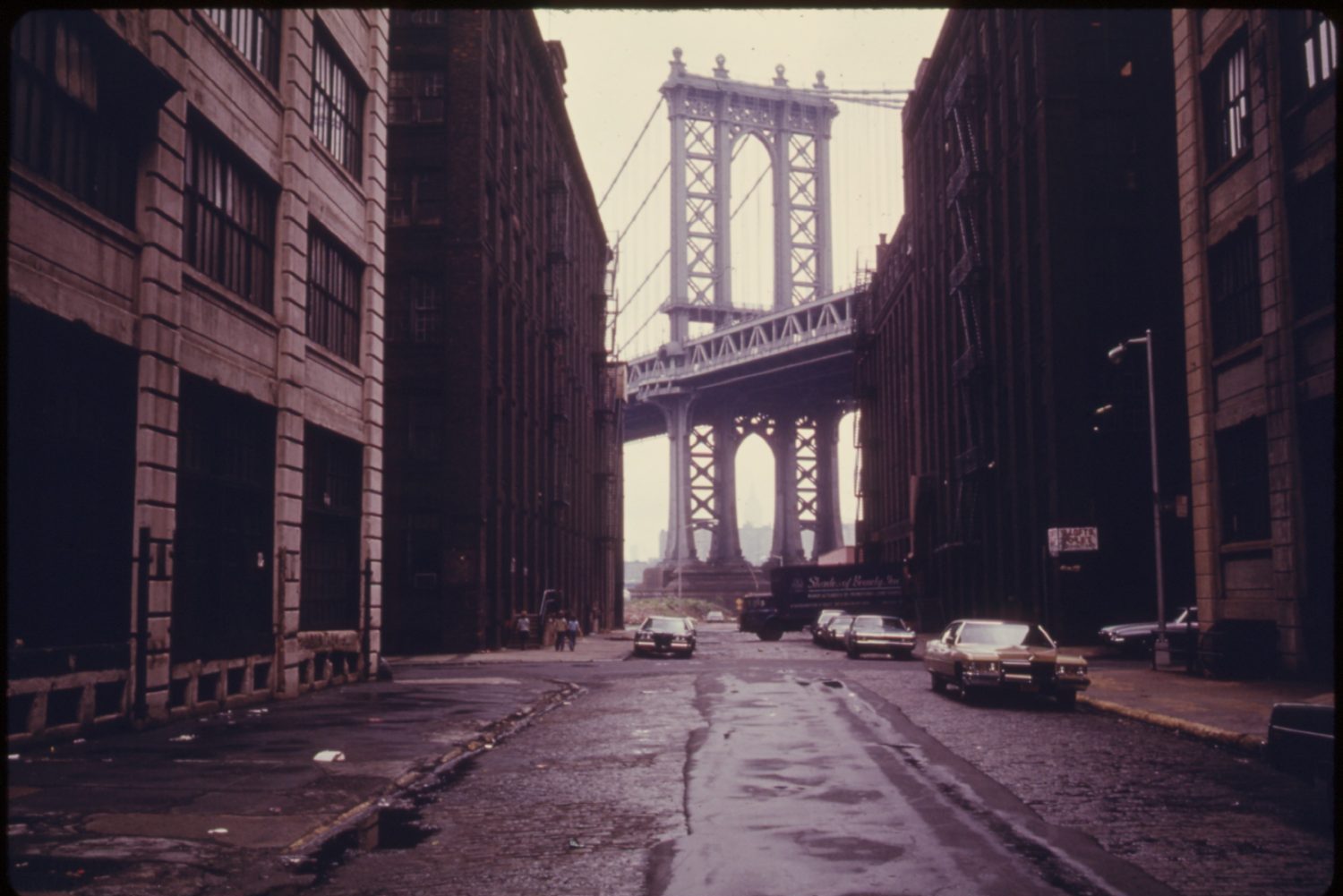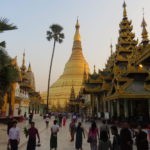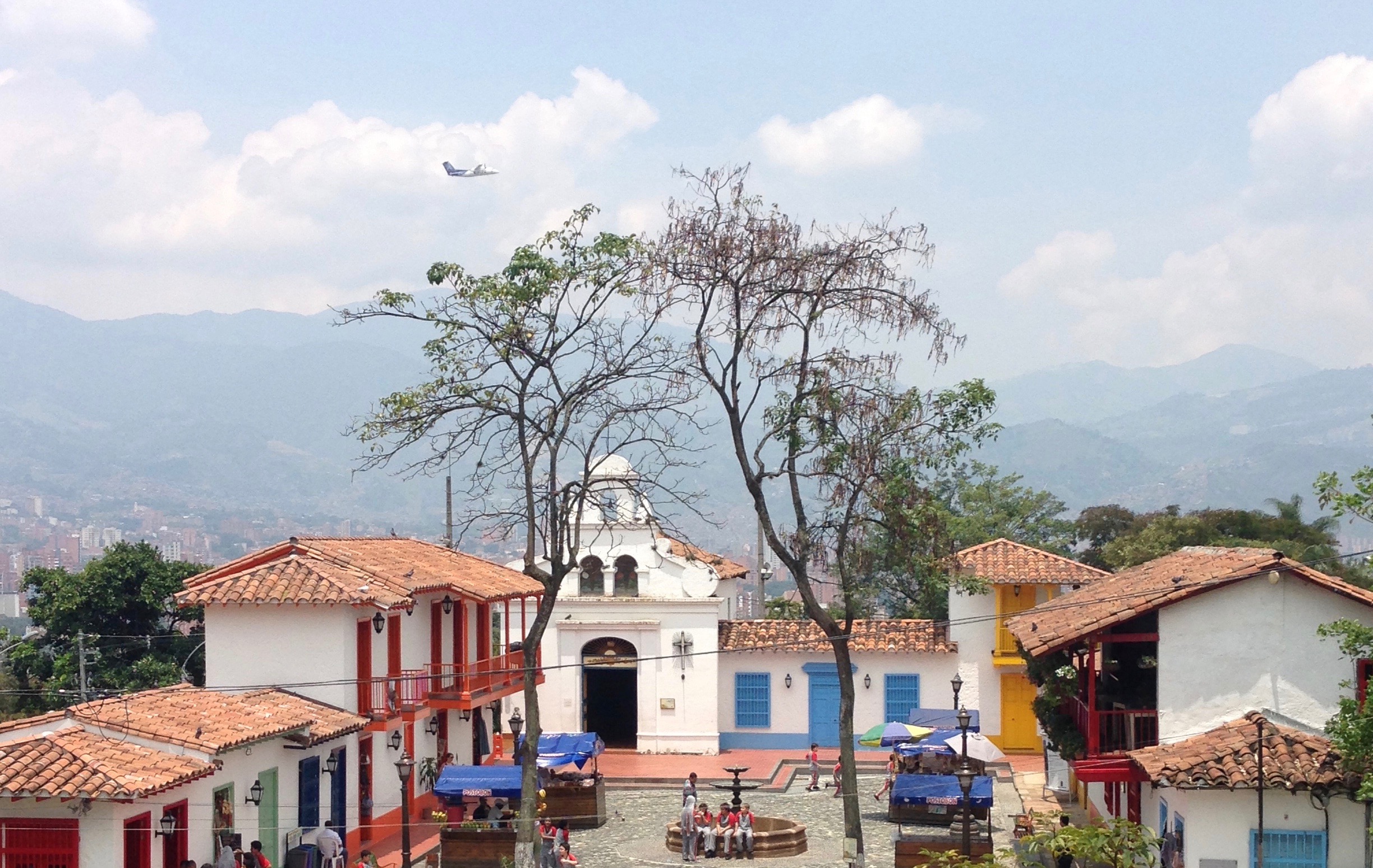There are 8.538 million people living in New York City proper; 6.893 million of them have, at least once in their lives, spoken the familiar refrain – “New York City ain’t Manhattan, a’right!”
At a certain point – a mark of maturity no doubt – New Yorkers from the other four boroughs that actually comprise NYC – will finally stop with the defensive correction. The yearly onslaught of 60 million tourists and wide-eyed freshman residents to the city can be exhausting. To be honest, if you don’t know New York City includes Brooklyn, Bronx, Queens and Staten Island, then you don’t know much about New York. We are a confrontational bunch and we don’t mince words. I won’t either.
But don’t worry, there will always be an abundant supply of New Yorkers happy to tell you what’s what; happy for any opportunity to boast about the City that blows so much of that hot air into their egos. Taking my cue, as a native New Yorker, I’ll venture to say that this city is truly one of the greatest on earth, and that’s largely because of its impressive diversity.
The more than 800 languages spoken here makes it the most linguistically diverse city in the world, with half the population speaking a language besides English at home. More than a third of the population was born outside the United States; all who are now living together in extremely close quarters, as it is also the densest city (metropolitan NYC) in the nation. It has the largest Jewish population outside Israel, and the largest Dominican, Ghanaian, Irish, Asian Indian, Puerto Rican, Caribbean and many other populations outside of their respective corners of the earth. It has the biggest Asian population in the United States such that there is no one “Chinatown” in NYC because there are actually six of them.
The density and diversity of this city are two of its most outstanding traits, but one borough in particular embodies this – Brooklyn – otherwise known by locals as The Planet (see 3m30s), which is best explained in one of my favorite songs by one of Hip Hop’s greatest MCs – Mos Def, aka Yasiin Bey:
It’s real yo but still yo, it’s love here
And it’s felt by anybody that come here
Out of towners take the train, plane and bus here
Must be something that they really want here
One year as a resident, deeper sentiment
Shout out “Go Brooklyn”, they representing it
Sitting on their front stoop sipping Guinnesses
Using native dialect in they sentences
From the treeline blocks to the tenements
To the Mom and Pop local shop businesses
Travel all around the world in great distances
And ain’t a place that I know that bear resemblance
That’s why we call it The Planet
The name is an ode to the distinctive and diverse immigrant enclaves from every corner of the earth, immigrants who literally built up Brooklyn from its Dutch farmland days (from the Dutch word ‘brueckelen’ which means marshland) to its current metropolitan existence. It is also the borough I know best, my hometown, and that of my father as well. When I say “I know” Brooklyn, I humbly admit that my knowledge is only a small fraction of what this place means to its four million residents, which would make it the fourth largest city in the country if taken on its own.
There are many things about Brooklyn today that may not represent the Brooklyn of my childhood, or the many generations of childhoods that came before me. Brooklynites took pride in the gritty streets that gave birth to Hip Hop and an inspiring history of music legends – from R&B to Jazz to Punk Rock. They took pride in being the borough Manhattanites refused to go to – a scary place of stick-ups and hooligan crime. It was the overlooked borough of Sicilian Mafia pizza parlors, Flatbush Jamaican beef patty joints, some of the best bagels from the borough’s Jewish roots, and Russian vodka cocktails on the Coney Island Boardwalk (served in yogurt containers to conceal from police). There was a certain realness, bravado and gumption that the mystical old days of Brooklyn demanded, at least that’s according to nostalgic narratives.

A picture I snapped walking to work in Seoul; “Brooklyn” plastered on merchandise is a daily sight.
Today, Brooklyn is a global name. I now see it plastered on the shirts of Koreans walking around Seoul’s young, hip neighborhoods like Hongdae, Sinchon and Itaewon. Brooklyn – BK, BKLYN, sometimes BRKLYN on knock-off shirts that one should avoid wearing – has become NYC’s export borough. Its name has become a commodity, worn by many in an appeal to the alternative, hip-hop, hipster, or “counter-culture” vibes this borough supposedly emanates. It has of course been all this and more, though people now question whether Brooklyn can still be called any of these.
Gentrification and an overwhelming influx of new residents from Manhattan and other parts of the United States have deeply changed parts of its cultural, economic and ethnic landscape. Today, neighborhoods like Parkslope and Williamsburg are much whiter, and much more expensive (even more than Manhattan). There is a seemingly endless supply of artisanal shops selling obnoxiously tailored products like “marine collagen” or restaurants named “Buttermilk Channel” that are just asking to be made fun of. This blog post about obnoxious Brooklyn cafes gives a good sampling of a favorite New Yorker pastime, talking shit about things we are also guilty of. This one is good for hating on hipster bars.
The character of Brooklyn, however, has always been contested, a point of much-heated debate. There have been, and will always be, those who would have you think that the glory days of “real” Brooklyn are completely resigned to the past. But anyone wielding the word “real” as if they knew has already lost the debate. Such people often spend too much of their time worrying about how the borough has lost its edge, its authenticity, instead of going out and rejoicing the messy, ever-changing, ineffable character of its streets. This borough, this city, is one of constant flux: every currency in the world runs through Wall St; every day millions of commute workers flow in and out of its borders; its subway runs 24/7 to make sure NYC lives up to the cliché phrase – the city that never sleeps. The City is defined by this state of change, movement and re-invention of itself.
There are some things that can withstand the recent changes, some things more eternal – its diversity, loudness, and its sense of community. In Brooklyn, you can cross the street and you’ve entered another world. Walk 10min east from my house and you can eat some amazing Roti from Trinidad while listening to the dancehall booming across Flatbush Ave. One block north and you are in a housing complex full of Mexican and Polish families, the elderly congregating on their plastic beach chairs they’ve set up on the street. If someone has a family member or friend lucky enough to have a small plot of “grass” out front, expect to see some fun summer parties. Two blocks west and you are in Little Pakistan and Little Afghanistan with its halal fast food and teahouses. Head south a little ways and you are in an Orthodox Jewish community full of Yeshiva schools and gangs of young boys clad in black suits, top hats and curling locks. These places have a palpable sense of community and character.
Brooklyn at least seems to carry on more of the “old New York” spirit than many parts of Manhattan, a place whose spirit sometimes feels solely devoted to business and commerce; a place of less socio-economic diversity, of less community character. Brooklyn, however, is still residential at its core. People hang out on their stoops, chat at their corner bodegas, fall in love – and ultimately break up – on the street. In Brooklyn, you’ll find that everyone’s life ends up on the block, a borough of unabashed honesty. If you don’t look where you’re walking you just might get dragged into a street argument – you will alternately be obliged to offer an opinion, or told to shut the f@*k up. Such is life.
What’s eternal? Brooklyn’s ability to charm with even its dirtiest, roughest, unpolished streets. In NYC you can wear what you want, look the way you want, talk the way you want, scream or cry or dance where you want, and you will just be another person here. You can find yourself here, finding freedom in the anonymity of millions.
You can also choose the opposite, to be seen by the millions of others just like you, chasing dreams and hustling life.
- MY City – The Planet - January 23, 2018
- 70 Years of Two Koreas: The ’47 UN Vote For Elections - January 16, 2018
- Trade or No Trade: China’s DPRK Dilemma - June 5, 2017







1 Comment
Demarcus Tisch
7 years agoHey there! Great article…..but hip hop was born in the bronx. #facts
Comments are closed.